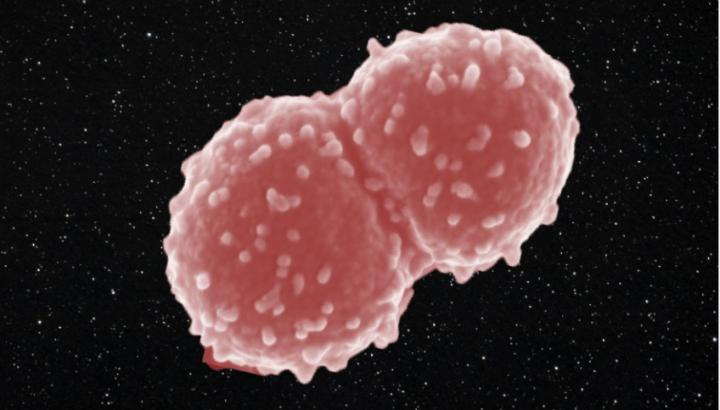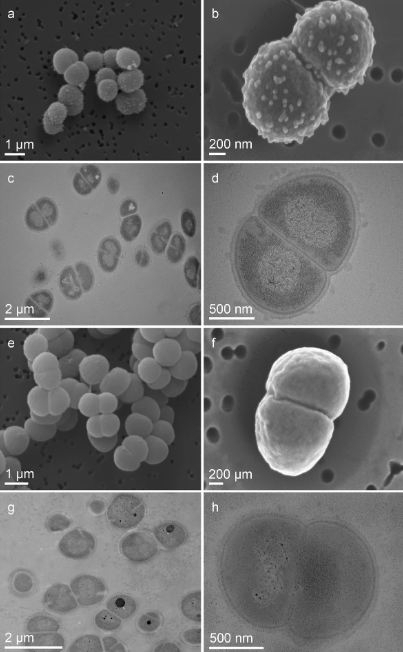Extraterrestrial life surviving in the harsh environment of outer space has fascinated literature and movies alike. While it may serve as an interesting premise, in reality, survival chances in the hostile environment of space is next to zero. However, a new study states that a bacterium found on Earth can survive in space successfully for years, along with adopting new protective cellular changes to regenerate itself.
According to the study, Deinococcus radiodurans, an extremophilic bacterium, which is also known as the toughest bacterium on Earth, was found to thrive in the cruel environment of outer space. Scientists found that instead of undergoing physiological damage, the organism developed new structural defenses.
"These investigations help us to understand the mechanisms and processes through which life can exist beyond Earth, expanding our knowledge how to survive and adapt in the hostile environment of outer space," said Tetyana Milojevic, a corresponding author of the study, in a statement.

Surviving In Space
Extremophiles are organisms that can survive in environments that are considered extreme and infeasible for sustaining life. D. radiodurans, which is an extremophile, is known to survive in inhospitable cold, vacuum, and dehydration. The bacterium is also resistant to radiation and acid.
A recently published study found that D. radiodurans could survive in space for three years. It was examined as a part of the Tanpopo mission, an orbital astrobiology experiment (module outside the International Space Station) investigating the potential of transfer of life within planets, among other objectives.
The study focused on the exposure of the organism to the hostile conditions of outer space that is characterized by desiccation, extreme vacuum, freezing, fluctuating temperatures, microgravity, and galactic cosmic and solar UV radiation. Findings from the study added credence to the 'Panspermia' hypothesis which proposes that extremophiles can survive in space and can lead to the interplanetary transfer of life.
Evolving to Survive

Performed in concurrence with the above-mentioned study, the current study dealt with the examination of D. radiodurans after being exposed to low Earth orbit (LEO) for one year. It was during this analysis that the scientists made an interesting discovery. Rather than undergoing structural damage, the bacteria produced severe outer membrane vesicles, which are structures within cells that consist of fluids trapped within a lipid bilayer.
The authors learnt that multi-level genomic and protein responses were triggered in the D. radiodurans to relieve cell stress. This helped it repair the damage to its DNA and defend itself against reactive oxygen species (unstable molecules containing oxygen that react with other molecules within a cell). The microorganism employed a primitive stress molecule called polyamine putrescine as a reactive oxygen species scavenger during the course of its regeneration from exposure to space.
"The results suggest that survival of D. radiodurans in LEO for a longer period is possible due to its efficient molecular response system and indicate that even longer, farther journeys are achievable for organisms with such capabilities," said Milojevic. Therefore, the study helps answer the question of not just how long these microorganisms can survive but also how they survive. This could help us understand how life can persist in space and how life may have been seeded on our planet itself.









